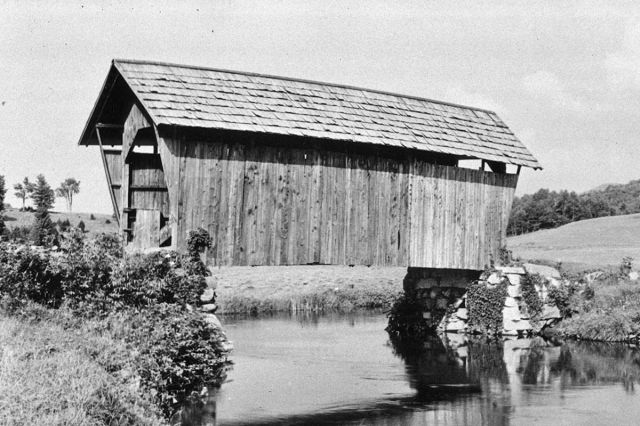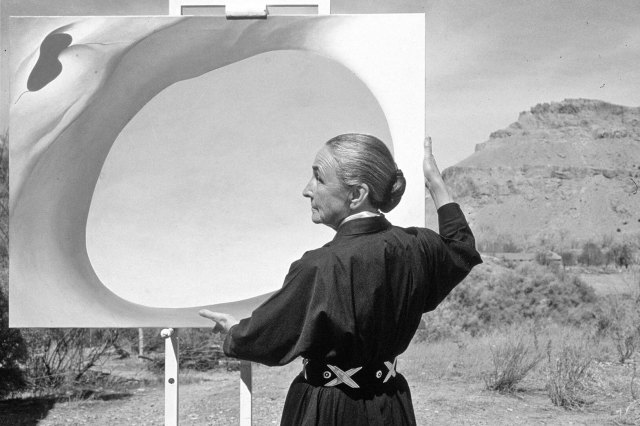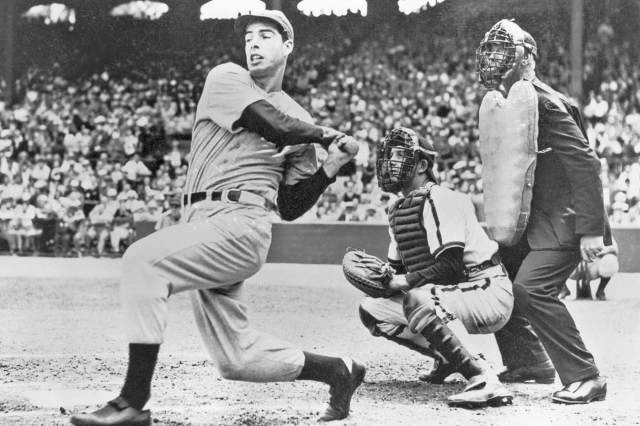The term “brunch” first appeared in 1895.
When British author Guy Beringer coined the word “brunch” in 1895, weekend dining was changed forever. In an essay for Hunter’s Weekly titled “Brunch: A Plea,” Beringer introduced the concept of a breakfast-lunch hybrid, suggesting that readers forfeit their heavy Sunday meals in favor of something lighter, served earlier in the day. The United States soon followed suit; in 1896, The New Oxford, a Pennsylvania newspaper, described the latest dining “fad” in which guests ate after 11 a.m. Initially considered an upper-class experience, brunch was largely reserved for households that had the time and resources to host guests for a leisurely midday meal.
Hollywood helped bring brunch to the mainstream in the 1930s. Movie stars taking transcontinental train trips frequently stopped in Chicago for a late-Sunday-morning bite, and hotels were happy to accommodate. Restaurants soon followed, and by 1939, The New York Times declared Sunday a “two-meal day.” The American public gladly obliged, and not only for their chance to socialize outside a church setting. While Beringer had originally advised diners to substitute tea and coffee for whiskey and beer with the meal, by the middle of the 20th century the brunch crowd was sipping on signature cocktails such as bloody marys and mimosas.















